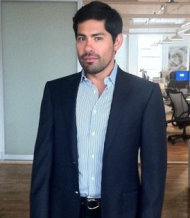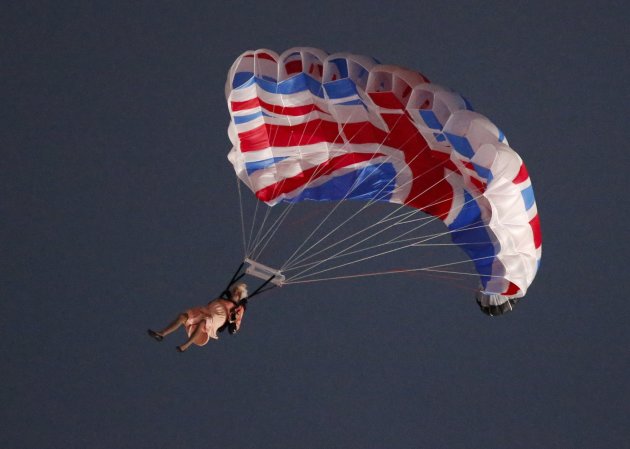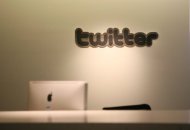The trip was a combined two-week sabbatical — which every salaried Gilt employee is entitled to after three years of continuous service — and an unlimited vacation time policy. "I really took advantage of recharging," says Salazar, 32, pictured below, who timed the trip to coincide with a promotion and transition to a different department within the company.
Unlimited vacation days. It sounds like the holy grail of perks, the work equivalent of a $7.95 all-you-can-eat buffet: Take as many days off as you want, whenever you want to take them, as long as you get your work done.
A number of companies, particularly the Silicon Valley, start-up kind, are moving away from the traditional vacation accrual policy and toward a looser, more employee-friendly unlimited paid time off policy. These somewhat new policies give workers greater flexibility and free managers from the administrative drudgery of having to track employees' time off. More important, an unlimited vacation policy gives these companies a
recruiting edge in the war for talent.
A Perk Worth Offering
For the smaller tech firms trying to attract prize-worthy hires, this
perk is certainly worth offering — in addition to the usual hefty bonus, shuttle service and in-house gym — especially if you're not sure you'll be alive in five years, says Steve Kane, a human resources consultant and former labor lawyer in San Francisco.
Of those offering paid time off plans (51%), 1% provided their employees with unlimited PTO. Unlimited time off isn't the norm yet, of course. Out of the 51% of companies that offer their workers some sort of paid time off plan, according to a
survey by the Society of Human Resource Managers, just 1% provide employees with the unlimited variety. (By the way, the U.S. is the only developed country with no legally required paid vacation for its workers.)
Still, unlimited vacation policies are becoming more common. "I've had more companies lately who either have made the switch to unlimited or are contemplating it and are asking about legal risks," says Christina Gomez, an employment attorney at Holland & Hart LLP in Denver who has worked with firms to implement such policies.
So what's to stop someone from taking off July, August and September to do the grand tour of Asia? Or every other Tuesday — just because they can? For one, employees are ultimately accountable for their work. "I think employees will say 'I can take 48 weeks of vacation, but practically speaking, I have this assignment, this conference call, this meeting," Kane says. "The limiting factor about vacation is, can you get your work done?"
Jealous Yet?
Gilt Groupe, which offers members-only flash sales for clothing, home goods and travel, started its "flexible vacation policy" (which essentially works the same as an unlimited one) in 2011. It reflects the company's overall philosophy of "the harder you work, the more we're going to take care of you," says Matt Norman, vice president of human resources at Gilt.
Credit-card comparison site NerdWallet, which has offices in San Francisco and New York, has a progressively laissez faire attitude to workplace vacation policy. "The way that we think about it is, 'no one has time to count all of your vacation days, just take them when you need them,' says co-founder and COO Jake Gibson. This approach is the company's way of avoiding burnout among employees. Nerd Wallet also requires all senior employees take a mandatory two-week contiguous vacation. "We worry that if we didn't force some of the vacation, no one would ever leave," Gibson says.
Online game company Zynga (
ZNGA) has a similarly hands-off style. Chief People Officer Colleen McCreary says that, since the company's founding in 2007, it's never had a traditional vacation plan: "We hire great people who are all invested in growing the company so we trust them to make good decisions about their time."
You Still Need Approval
While unlimited vacation policies are touted as the answer to the administrative work of having to track employees' time off, it's not a total free-for-all. Employees must still work with their managers to get approval for time off and ensure they get their work done.
The policy only works in a certain kind of culture, one where employees are measured more on the basis of how they're doing their job rather than number of hours they're in the office each day. At some companies, "people are more independent and motivated by what they need to get done, rather than 'I need to log my eight hours today,'" Gomez says.
That's not to say there aren't instances when employees take liberties with their employers' generous policy. Gilt's Norman says it's rare but there have been some situations where workers were a "little too flexible with their time. And then it's a matter of having a conversation with a manager.
"If you're out a lot, it's kind of your manager's fault — it doesn't matter if you have unlimited time or not," says Jenny Harding, human resources director at
WeddingWire, a five-year-old site that connects vendors and brides. The company shifted to an unlimited vacation policy in January of this year.
And lest you think such a magnanimous vacation policy is the answer to your over-worked problems, keep in mind that, even for employees blessed with unlimited time off, the office is never totally
out of the picture. Despite being half a world away during his trip, Salazar checked his work email every morning: "I wouldn't respond, but I checked to make sure there wasn't anything that needed immediate attention."
If You're Taking Unlimited Vacation Chances Are You Will Need To Budget:
 Lady Gaga had a sleepover with Lindsay and photographer Ellen von Unwerth at Lindsay's frequent hangout, the super-exclusive Chateau Marmont in West Hollywood earlier this month, and now she's sharing some pics from the girls' night out.
Lady Gaga had a sleepover with Lindsay and photographer Ellen von Unwerth at Lindsay's frequent hangout, the super-exclusive Chateau Marmont in West Hollywood earlier this month, and now she's sharing some pics from the girls' night out.

































